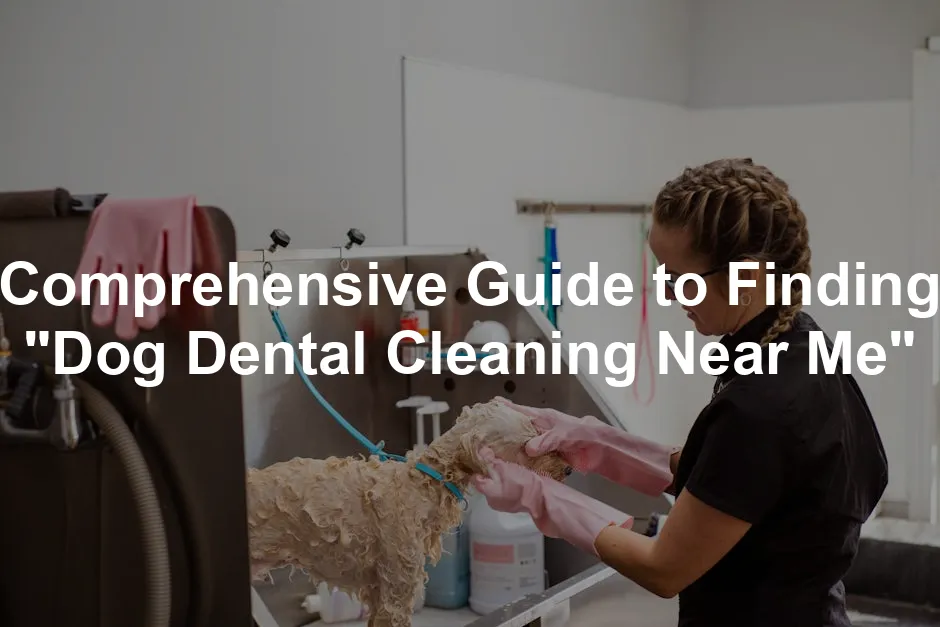Introduction
Every dog owner knows that dental health is vital. Just like us, dogs need regular dental care to stay healthy. Poor dental hygiene can lead to serious issues. These include gum disease, tooth loss, and pain. Furthermore, bacteria from the mouth can affect vital organs. This article aims to help you find local dental cleaning services for your furry friend.
And speaking of keeping those pearly whites in check, a Dog Toothbrush and Toothpaste Set is an essential investment. It’s like a spa day for your dog’s mouth, helping to prevent those nasty dental issues before they start!
Summary and Overview
Regular dental cleanings are essential for dogs. They help prevent plaque buildup and tartar. Neglecting dental care can lead to severe problems. These include periodontal disease and systemic health issues. In this article, you will learn how to find dental cleaning services. We will also cover the types of cleaning available and key considerations for maintaining your dog’s dental health.
While you’re at it, consider picking up some Pet Dental Chews. They’re not just a tasty treat; they can help keep your dog’s teeth clean and their breath fresh. It’s like a two-for-one deal, and who doesn’t love those?
Importance of Dog Dental Care
Dental health plays a significant role in your dog’s overall well-being. Poor oral hygiene can lead to serious health problems, including systemic diseases. Studies show that 80% of dogs have some form of dental disease by age three. Common dental issues include plaque buildup, tartar, and gum disease.
Plaque is a sticky film that forms on teeth. If not removed, it hardens into tartar, which can only be removed by professionals. Tartar buildup can irritate gums and lead to inflammation. This inflammation can progress to periodontal disease, causing pain and tooth loss.
Canine oral health is crucial for maintaining your pet’s happiness and longevity. Regular check-ups and cleanings can help detect issues early. Pet dental care is not just about fresh breath; it’s about ensuring a long, healthy life for your dog. And if you want to stay on top of their dental health, consider using Dog Dental Wipes. They’re easy to use and a great way to give your dog’s teeth a quick clean-up when you’re short on time!
How to Find Dog Dental Cleaning Services Near You
Finding the right dog dental cleaning service is essential for your pet’s health. You can start by conducting online searches on platforms like Google and Yelp. These websites provide listings, reviews, and ratings for local dental cleaning services. Make sure to read customer feedback to gauge the quality of care offered.
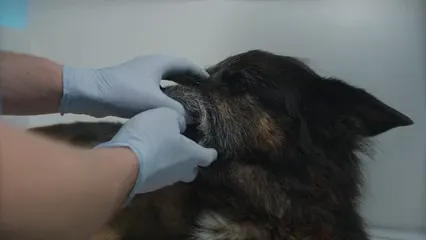
Another effective method is asking for recommendations from your veterinarian or pet groomer. They often have trusted contacts and can provide insight into which services deliver excellent care. Additionally, local animal shelters or humane societies can also be valuable resources. They frequently have connections with pet dental specialists and might even offer affordable services.
When choosing a dental cleaning service, look for certifications and qualifications. Ensure they have trained staff and the necessary equipment. Consider the types of services they offer, like anesthesia-free or anesthesia-based cleaning. It’s also helpful to check if they use modern technology, such as Ultrasonic Dog Tooth Cleaner. This can enhance the effectiveness of the cleaning process.
Remember to inquire about their approach to dental health and how they manage anxious pets. A friendly and caring environment will make a difference for your dog’s comfort during the appointment.
Types of Dog Dental Cleaning Services
Anesthesia-Free Dental Cleaning
Anesthesia-free dental cleaning is performed while your dog is awake. This method involves scaling the visible teeth surfaces to remove tartar and plaque. One advantage is that it eliminates the risks associated with anesthesia. However, it has its downsides. The procedure may not address issues beneath the gumline, leaving hidden problems untreated. This option is best suited for dogs that are calm and cooperative, as they need to stay still throughout the process.
Anesthesia-Based Dental Cleaning
Anesthesia-based dental cleaning is more comprehensive. Your dog will receive anesthesia for the procedure, allowing the veterinarian to thoroughly examine and clean the entire mouth. This method enables scaling above and below the gumline, effectively addressing tartar buildup and gum disease. Safety measures are taken, including pre-anesthetic blood tests and vital sign monitoring during the procedure. This ensures that your dog remains safe and comfortable throughout the process.
Ultrasonic Cleaning Technology
Ultrasonic cleaning is a modern approach that uses high-frequency sound waves to remove plaque and tartar. This method is effective and less invasive than traditional techniques. Ultrasonic cleaning can reach deep into gum pockets, significantly improving your dog’s oral health. Many pet dental specialists are adopting this technology due to its efficiency and ability to minimize discomfort during the cleaning. It’s worth asking if your local clinic offers this service.
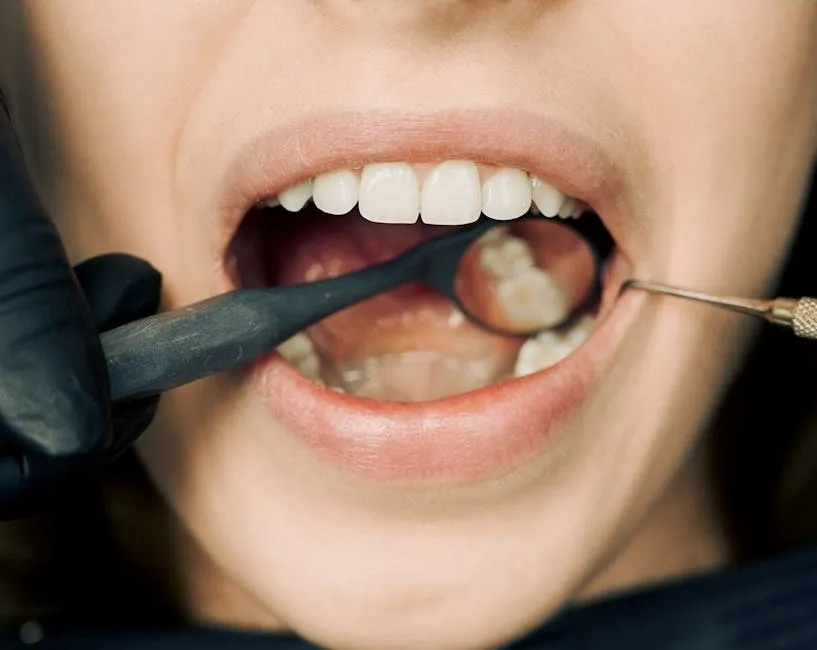
By understanding these cleaning options, you can make an informed decision that best suits your pet’s needs. Regular dental care is crucial for maintaining your dog’s overall health and well-being. And if you’re looking to enhance your pet’s overall care, don’t forget to check out a Canine Dental Care Book. It’s packed with tips and tricks to help you keep your dog’s smile bright!
Costs of Dog Dental Cleaning
When considering dog dental cleaning, pricing can vary significantly. On average, routine cleanings cost between $200 and $800. The final price often depends on the type of cleaning you choose. Anesthesia-based cleanings tend to be more expensive, typically ranging from $500 to $800. Anesthesia-free options usually fall between $200 and $400.
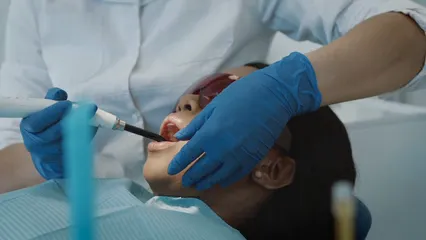
Several factors influence these costs. Your location plays a crucial role; services in urban areas may be pricier than those in rural settings. The experience of the veterinarian also impacts pricing. More experienced vets may charge higher fees for their expertise.
Additional treatments can further affect the total cost. If your dog requires extractions or advanced dental procedures, expect to pay more. Some clinics offer bundled services, which can provide savings on multiple treatments. To ensure you’re ready for any situation, consider investing in a Dog First Aid Kit. It’s a smart move for any responsible pet owner!
Preparing for Your Dog’s Dental Cleaning Appointment
Preparing for your dog’s dental cleaning is essential for a smooth experience. Start with a pre-appointment check-up to ensure your dog is healthy. Many clinics require a thorough examination and blood work before scheduling the cleaning. This step helps identify any underlying health issues that could complicate the procedure.
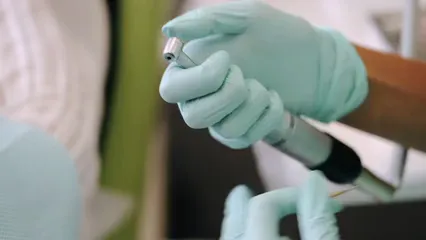
On the day of the appointment, help reduce your dog’s stress. Familiarize them with the car ride, and consider a calming product if they are anxious. Bring along their favorite toy or blanket to provide comfort during the visit. If your dog tends to get nervous, you might want to try Dog Anxiety Relief Chews. They can help keep your pup calm and collected!
During the appointment, expect your dog to receive a comprehensive dental cleaning. The veterinarian will perform a thorough examination, possibly using X-rays to assess hidden dental problems. They will clean above and below the gumline, addressing any tartar or plaque buildup.
After the cleaning, the vet will discuss post-care instructions. These may include dietary recommendations and follow-up appointments. Being well-prepared ensures your dog has a positive experience, setting the stage for better dental health.
Post-Cleaning Care and Maintenance
After your dog’s dental cleaning, proper aftercare is vital. Monitor your pet for any signs of discomfort, such as excessive drooling or reluctance to eat. If your dog had any extractions, follow your vet’s instructions closely regarding pain management and diet.
To maintain your dog’s dental hygiene at home, regular brushing is key. Aim to brush their teeth at least two to three times a week using toothpaste formulated for pets. Dental chews are also beneficial; they help reduce plaque and tartar while freshening breath. You might also want to try a Dog Water Additive for Oral Care. It’s an easy way to give their teeth an extra boost while they hydrate!
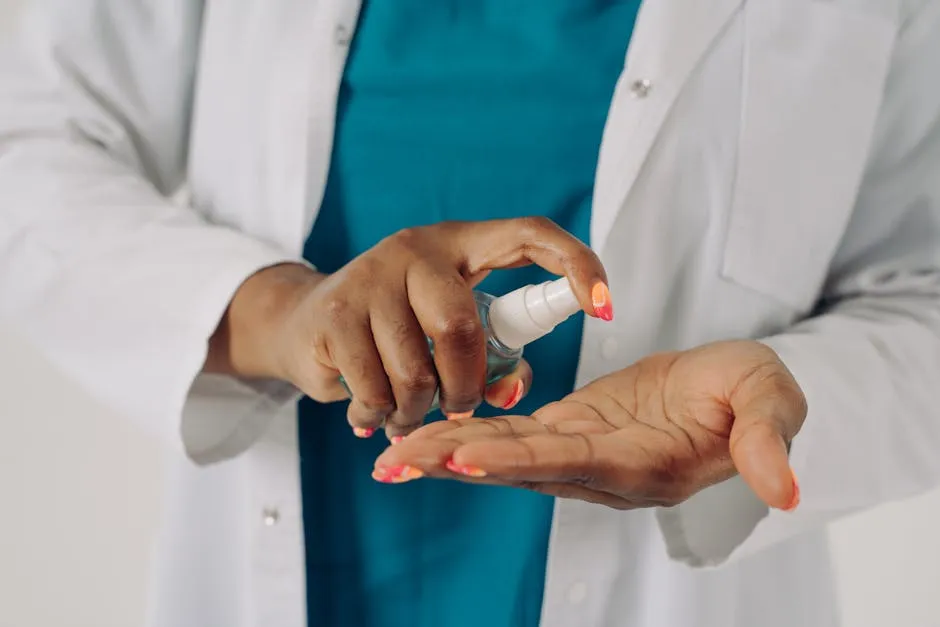
Regular check-ups are crucial for ongoing oral health. Schedule veterinary visits every six to twelve months, depending on your dog’s dental health needs. These appointments allow for early detection of potential issues, ensuring your furry friend maintains a healthy smile. Investing time in post-cleaning care will lead to a happier, healthier dog.
Common Concerns About Dog Dental Cleaning
Pet owners often worry about dental cleaning for their furry friends. One major concern is the risks associated with anesthesia. It’s understandable! However, studies show that the occurrence of serious complications is quite low. In fact, over 99% of pets recover uneventfully from anesthesia. That’s a reassuring statistic!
Another worry is whether dental cleaning is effective. Many fear that it may not address underlying issues. The truth is, professional cleanings thoroughly remove plaque and tartar. This helps prevent gum disease and other oral health issues. Regular cleanings can significantly improve your dog’s dental health.
For anxious dogs, there are alternatives. Anesthesia-free cleaning is an option. While it may not be as comprehensive, it can still help maintain dental hygiene. This method often involves scaling visible teeth surfaces while your dog is awake. Some clinics even offer ultrasonic cleaning technology, which is gentle and effective. If you’re looking to engage your pup’s mind, consider a Dog Puzzle Toy. It’s a fun way to keep their mind sharp and distracted while you manage their dental health!

In summary, it’s essential to discuss your concerns with a veterinarian. They can provide guidance tailored to your dog’s specific needs. Remember, maintaining your dog’s dental health is vital for their overall well-being.
Conclusion
Finding a reliable dog dental cleaning service is crucial. Regular dental care is an essential part of maintaining your pet’s health. It helps prevent painful conditions and promotes overall well-being. Don’t wait for problems to arise; schedule an appointment for your dog’s next cleaning today. Being proactive about dental hygiene will ensure your furry friend stays happy and healthy!
FAQs
How often should I get my dog’s teeth cleaned?
Most vets recommend annual cleanings for dogs. However, smaller breeds or older dogs may need cleanings every six to twelve months. Factors such as your dog’s age, breed, and existing dental health play a significant role. Dogs prone to dental issues may require more frequent visits. Regular check-ups can help determine the best schedule for your furry friend.
Is anesthesia necessary for dog dental cleaning?
Anesthesia is often necessary for thorough dental cleaning. It allows veterinarians to clean above and below the gumline effectively. In some cases, anesthesia-free cleaning may be an option, but it is less comprehensive. This method mainly addresses visible tartar and plaque. Discuss with your vet to understand which option is best for your dog.
What are the signs that my dog needs a dental cleaning?
Watch for these signs that indicate your dog may need dental care: Bad breath that persists despite regular brushing. Red or swollen gums. Yellow or brown teeth, especially near the gumline. Changes in appetite or reluctance to chew. Excessive drooling or mouth shyness. If you notice any of these symptoms, it’s time for a vet visit.
Can I prevent dental problems at home?
Absolutely! Here are some tips for maintaining your dog’s dental health at home: Brush your dog’s teeth regularly using pet-specific toothpaste. Provide dental chews that promote oral health. Feed dry kibble instead of wet food, as it can help reduce plaque buildup. Schedule regular vet check-ups for professional cleanings and advice. A consistent home care routine can significantly prevent dental issues.
How do I choose the right dental cleaning service for my dog?
When selecting a dental cleaning service, consider these factors: Look for clinics with certified veterinarians and dental specialists. Read reviews and testimonials from other pet owners. Inquire about the types of cleaning offered, such as anesthesia-based or anesthesia-free. Ask about their approach to handling anxious pets. A well-reviewed, experienced clinic is key to your dog’s comfort and care.
Are there risks associated with dog dental cleaning?
Yes, there are risks, particularly with anesthesia. While serious complications are rare, they can occur. Pre-anesthetic blood tests help identify potential risks. Common minor side effects include grogginess or mild irritation. Discuss concerns with your vet, who can address specific issues related to your dog’s health.
What should I do if my dog shows signs of dental disease?
If you notice signs of dental disease, take these steps: Schedule a vet appointment for a thorough examination. Follow the vet’s recommendations for treatment, which may include dental cleaning or extractions. Implement a dental care routine at home to prevent further issues. Being proactive about your dog’s dental health can prevent more serious problems down the road.
Please let us know what you think about our content by leaving a comment down below!
Thank you for reading till here 🙂
All images from Pexels

